On the afternoon of November 11, at the Vietnam - Cuba Primary School (No. 115 Nguyen Truong To, Ba Dinh Ward, Hanoi ), the People's Committee of Ba Dinh Ward organized a drill to investigate and handle food poisoning cases involving many people in the school's communal kitchen. The activity is part of the ward's 2025 food safety plan, aiming to improve incident response capacity, enhance coordination between forces and promote and raise public awareness of food poisoning prevention.
According to the scenario, at around 2:30 pm on day X, when classes were in the afternoon, some students suddenly showed signs of stomachache, nausea, vomiting and frequent diarrhea. School medical staff quickly examined the students, gave them Oresol to rehydrate, and reported to the Board of Directors.
In just a few minutes, the number of students showing similar symptoms increased rapidly to more than 20, scattered across classes. Some students showed signs of fatigue and sweating, and had to be treated in the medical room. Realizing that this could be a case of mass food poisoning, the school's Board of Directors immediately reported to the People's Committee of Ba Dinh Ward, the Ward Health Station, and notified the parents of the students to coordinate the handling.


On the afternoon of November 11, at the Vietnam - Cuba Primary School (No. 115 Nguyen Truong To, Ba Dinh, Hanoi), the People's Committee of Ba Dinh Ward organized a drill to investigate and handle food poisoning in many people at the school's collective kitchen to improve coordination and incident response capacity.
Immediately after receiving the information, Vice Chairman of Ba Dinh Ward People's Committee Nguyen Dan Huy, Deputy Head of the Standing Committee of the Ward Food Safety Steering Committee, convened an urgent meeting of the Steering Committee. Units including the Department of Culture - Society, Health Station, Ward Police, Market Management Team No. 3, Animal Husbandry and Veterinary Station of Region II, and Ward Military Command were mobilized and assigned specific tasks to participate in handling the situation.
The ward health station urgently dispatched 3 working groups and an ambulance carrying necessary equipment to the scene. Right at the school's multi-purpose building, medical staff and teachers set up a field clinic, divided into zones by color: green (mild patients), yellow (moderate) and red (severe). Students with severe symptoms were cared for, given first aid and transferred by ambulance to the hospital for further treatment.


The drill helps forces practice response and incident handling skills, improve capacity to manage collective kitchens and ensure student health and safety.
At the scene, the police and militia quickly set up security barriers, diverted traffic around the school area, ensured order, and avoided crowds that could hinder rescue work. Meanwhile, the school's Board of Directors coordinated with the Parents' Association to reassure students and stabilize the psychology of teachers, students, and parents.
In parallel with the emergency operations, the Ba Dinh Ward Food Safety Interdisciplinary Inspection Team, led by Ms. Ngo Thi Minh Hang (Deputy Head of the Department of Culture and Society), coordinated with the Ward Health Station, Market Management Team No. 3, Animal Husbandry and Veterinary Station, Ward Police and school representatives to investigate the cause.
The experts took samples of water used in the processing area, bottled drinking water, stored food, vomit and stool samples from students to send to the Hanoi Center for Disease Control (CDC Hanoi) for testing to determine the cause. The inspection team also checked the food processing, preservation and storage process, the legal documents of the food supplier, the personal hygiene conditions of kitchen staff and the system of cooking and food storage utensils.
At the same time, the epidemiological investigation team reviewed the situation in classrooms, identified a list of students who ate the same meal, and counted people with symptoms and healthy people to help trace the origin of food.


A student in a hypothetical situation with serious complications was taken by ambulance to the hospital for further monitoring and treatment. Sanitation and disinfection of the kitchen area, medical room, field clinic, restrooms, classrooms, etc. were also carried out.
After the students were classified and treated, the medical team assessed: 4 students needed to be transferred to the hospital for monitoring, 8 students who were still tired were kept in the field room for monitoring, the rest were in stable health and returned to class. Immediately after that, the Environmental Treatment Team of the Medical Station deployed chemical spraying to disinfect the entire contaminated area: the medical room, the field clinic, the cafeteria, the stairs, the restroom, the classroom with the infected students and the school yard area, ensuring no cross-infection or residual pathogens.
After 120 minutes of rehearsal, the simulated situation was completely handled, the students' health was stable, and no new cases were recorded. The school coordinated with parents to continue monitoring the children's health at home and update information to the Ward Food Safety Steering Committee.
In his concluding remarks, Mr. Nguyen Dan Huy - Vice Chairman of Ba Dinh Ward People's Committee affirmed that the exercise was an opportunity for the forces to practice the process of receiving, handling and investigating mass food poisoning cases, thereby assessing the locality's actual response capacity.
"Today's drill on investigating and handling food poisoning in a school canteen helps us be more proactive in all situations, ensuring human and material resources are ready when a real incident occurs. Each unit and individual must master the process and coordinate smoothly to protect the health of students and the community," Mr. Huy emphasized.
Source: https://suckhoedoisong.vn/gia-dinh-ngo-doc-tap-the-tai-ha-noi-co-quan-chuc-nang-se-phan-ung-the-nao-169251110165946896.htm



![[Photo] Prime Minister Pham Minh Chinh receives Lao Minister of Labor and Welfare Phosay Sayasone](https://vphoto.vietnam.vn/thumb/1200x675/vietnam/resource/IMAGE/2025/11/11/1762872028311_dsc-2246-jpg.webp)

















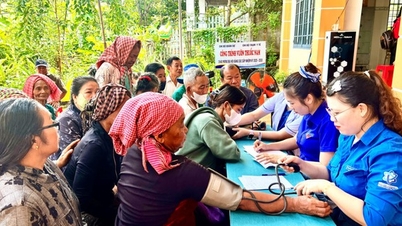

































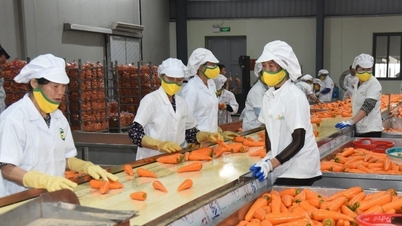





























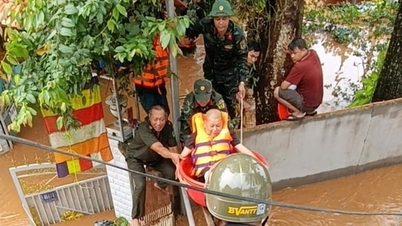




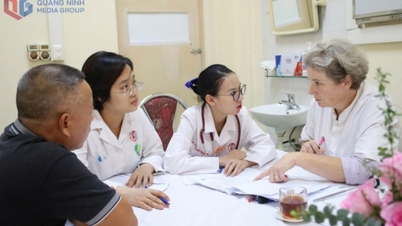





![Dong Nai OCOP transition: [Article 3] Linking tourism with OCOP product consumption](https://vphoto.vietnam.vn/thumb/402x226/vietnam/resource/IMAGE/2025/11/10/1762739199309_1324-2740-7_n-162543_981.jpeg)





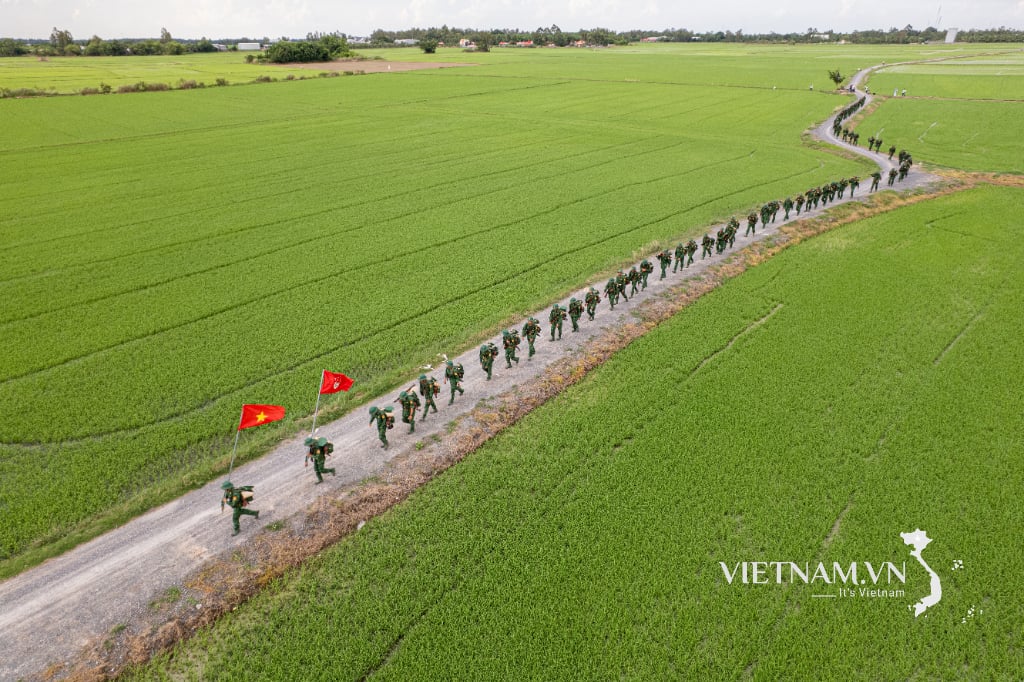


Comment (0)